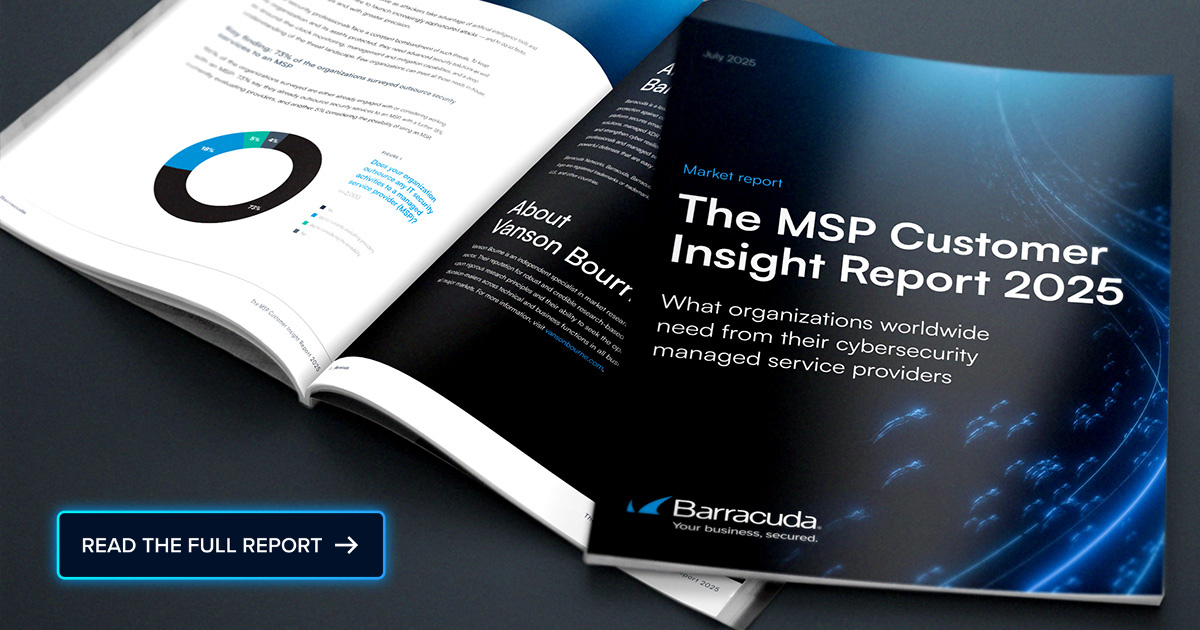 NetApp SnapCenter disclosed a critical security vulnerability, identified as CVE-2025-26512. This flaw enables authenticated users to escalate their privileges and gain unauthorized administrative access upon successful exploitation. Continue reading this Cybersecurity Threat Advisory to learn more about this vulnerability and recommendations to prevent exploitation.
NetApp SnapCenter disclosed a critical security vulnerability, identified as CVE-2025-26512. This flaw enables authenticated users to escalate their privileges and gain unauthorized administrative access upon successful exploitation. Continue reading this Cybersecurity Threat Advisory to learn more about this vulnerability and recommendations to prevent exploitation.
What is the threat?
This vulnerability stems from improper access control mechanisms within NetApp SnapCenter Server. It enables attackers to manipulate SnapCenter’s internal REST API calls or UI elements to bypass intended permission boundaries. By exploiting the vulnerability, a low-privileged authenticated user can gain elevated permissions through carefully crafted requests. This occurs because the application fails to properly verify whether the requesting user is authorized to perform certain high-level operations. For example, a user with basic read or operator-level access may be able to perform sensitive tasks such as modifying backup policies, initiating backup and restore jobs, accessing audit logs, or changing system configurations.
Why is it noteworthy?
This vulnerability is noteworthy because SnapCenter plays a pivotal role in managing and protecting business-critical data. Any compromise of this platform can severely affect data availability, confidentiality, and integrity. The ability to escalate privileges within such a powerful platform introduces a direct pathway for threat actors to disrupt backup processes, tamper with sensitive configuration files, or execute unauthorized restoration operations, potentially undermining disaster recovery efforts. Given the importance of SnapCenter in safeguarding workloads, any privilege escalation flaw is considered high-impact and warrants immediate attention.
What makes this threat particularly dangerous is that it doesn’t require any exploitation of external software or remote code execution, only access to a valid, low-privileged SnapCenter account. In cases where accounts have been compromised through phishing, credential reuse, or insider threats, this vulnerability provides an easy path to full administrative control. Additionally, because SnapCenter integrates with other key components of enterprise infrastructure (e.g., Active Directory, hypervisors, cloud storage), privilege escalation here could lead to broader compromise across the environment.
What is the exposure or risk?
An attacker who successfully exploits CVE-2025-26512 could perform a range of malicious actions, such as disabling backup schedules, corrupting or deleting backup images, restoring data to unauthorized systems, or accessing sensitive backup contents like database exports or file archives. These actions could severely impact business continuity, violate compliance mandates (especially for regulated data like healthcare or financial information), and increase the organization’s exposure to further cyberattacks, such as ransomware or data extortion.
What are the recommendations?
Barracuda strongly recommends that organizations take the following actions to protect their environment:
- Upgrade to the latest patched version of NetApp SnapCenter.
- Audit and enforce least privilege access for all SnapCenter users, removing unnecessary roles or access rights.
- Conduct a full review of SnapCenter user accounts for signs of compromise or privilege misuse, especially for shared or inactive accounts.
- Isolate SnapCenter servers from general user networks and ensure strong authentication (preferably with multi-factor authentication).
Resources
For more in-depth information about the recommendations, please visit the following links:
- https://security.netapp.com/advisory/ntap-20250324-0001/
- https://thecyberexpress.com/netapp-snapcenter-vulnerability-cve-2025-26512/
- https://thehackernews.com/2025/03/netapp-snapcenter-flaw-could-let-users.html?m=1
If you have any questions about this Cybersecurity Threat Advisory, don’t hesitate to get in touch with Barracuda Managed XDR’s Security Operations Center.

